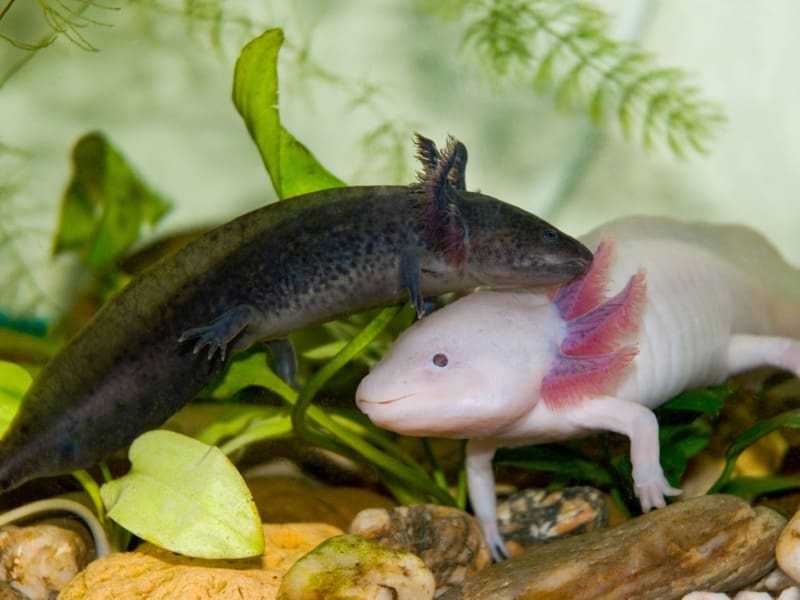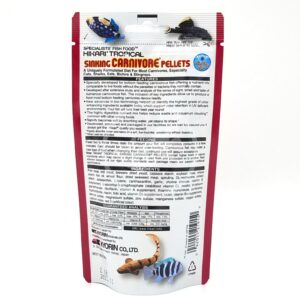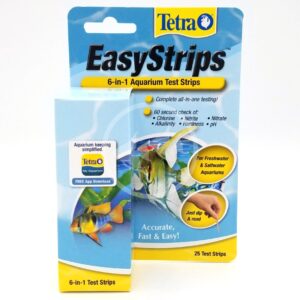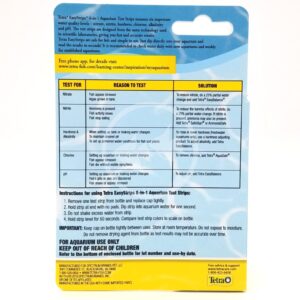The Axolotl is an aquatic amphibian that is relatively hardy and easy to care for. This blog post aims to provide basic care tips in order for your Axolotl to thrive.
COMPATIBILITY
Axolotls do best as species only. This means that an Axolotl is the only inhabitant in your aquarium. You may keep multiple together so long as they are the same sex, and relatively the same size. Please yield caution, however, that sometimes Axolotls can mistakenly try to eat each other’s limbs during feeding. An Axolotl can be sexed after it is one year old. With that being said, do not keep baby Axolotls together unless you are prepared to separate them. As for other fish, we would suggest not. Most fish require warmer temperatures and tend to pick at their delicate skin. Neocaridina shrimp and Ghost Shrimp are much safer inhabitants. Their shells are soft enough that they can be safely eaten by Axolotls if they so choose.
TANK SIZE
For one juvenile Axolotl you will need a 10 gallon tank (20×10). A 20L is a more permanent housing for a single adult (30×12). For every additional individual, add 10 more Gallons.
SET UP
Setting up an aquarium for an Axolotl requires patience to establish stability and the proper water parameters. First, start with hardy fish (ex: Black Tetras) for the first 6 weeks to break the tank in (Axolotls CANNOT go through a Nitrogen cycle). During this time the tank will experience harsh water chemistry spikes. After 6 weeks and confirmation that the tank is adequately cycled, you will then bring back the hardy fish in order to now introduce your Axolotl. Keep in mind that you want to introduce your Axolotl within 3 days of removing the hardy fish. This will ensure the preservation of bacteria. Any longer and the bacteria will start to die without having waste to Break down.


TEMPERATURE
Axolotls are sticklers for proper water temperature. If the tank is kept too warm, it is only a matter of time before your Axolotl will become sick (refer to common problems). They need their tank kept below 70°F. Ideally 60°F-65°F.
SUBSTRATE
Axolotls eat their food off the bottom of the aquarium, and while doing so they risk swallowing gravel. We do not ever recommend having gravel in an Axolotl aquarium for this reason. Having a bare bottom tank is the safest choice. Sand is the only other acceptable option, but only when the Axolotl is over 5”. An adult may even ingest sand, but it can safely pass through their digestive system.
FILTRATION
Sponge filters are the best option because they provide both biological and mechanical filtration, plus aeration, at a gentle flow. It is important to size up (2x ideally) on the sponge filter for the size of the aquarium. For example, if you have a 20 gallon aquarium, ideally you should have at least one (or more) 40 gallon rated sponge filter running. Sponge filters are excellent surfaces for beneficial bacteria growth, provides ample oxygen, and only agitates the water slightly. Hang-on-the-back filters and canister filters, on the other hand, provide too much current for an Axolotl.
LIGHTING
Axolotls prefer low lighting. If you plan to have a light, be sure to provide ample shade. This may be in the form of overly tall plants, and/or caves. You may choose to have a dimmable light, or even no light at all with only natural window light.
DECOR
As previously mentioned, Axolotls like shade. Providing 2 hides per individual is important to help them feel safe. A slate hut, or a large log tunnel are common choices. Many live plants are unrealistic options because of Axolotl lighting and substrate preferences. Almond leaves are a great alternative, and their natural properties will benefit the Axolotl’s environment.
FEEDING
Axolotls are carnivores. We recommend a high quality sinking carnivore pellet or earthworms. Baby Axolotls should be fed every day, while adults can be fed every other day. The volume fed should be based on what they can eat in a sitting (5 minutes), or approximately the size of their head. Any extra should be removed promptly to avoid fouling the water sooner. Black worms, ghost shrimp, and frozen blood worms can be used as treats once a week or every two weeks.

AQUATOP SPONGE FILTERS
$4.99 – $10.99AQUEON QUIET FLOW AIR PUMP
$16.99 – $39.99ROUTINE
It is ideal to obtain a testing kit to help you monitor the Nitrate, Nitrite, and Ammonia levels. A water change should be performed every two weeks, if not more often. When you do a water change, this would be a good time to also clean your sponge filter(s). After you have collected your dirty water in a bucket, squeeze out the sponge filter in that water. Do not rinse it under the faucet! This will ensure the preservation of beneficial bacteria.
COMMON PROBLEMS
- Water is too warm. This results in a fungal infection. The first thing you should do is lower the water temperature. If your house is too warm, use cold packs to lower the water temperature (this is NOT a long term solution). This process usually allows them to combat the infection without further intervention. If it persists, medication may be necessary.
- Poor water chemistry. This will result in skin lesions or hemorrhaging. Regular water testing and water changes will avoid and correct this issue.
- Too much flow. Other filters, besides sponge filters, may be too strong for an Axolotl to comfortably find food and navigate the tank.










